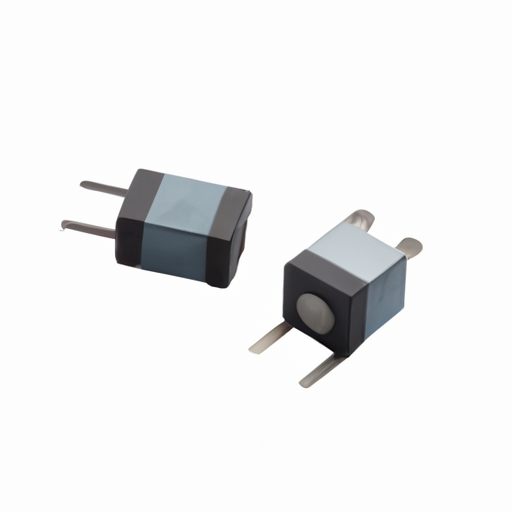Title: Isolator Component Class Recommendation: Enhancing Electrical Safety and Performance

1. Understanding Isolators and Their Importance (200 words) ----------------------------------------------------------- Isolators, also known as disconnect switches or isolating switches, are essential components in electrical systems. They provide a means to safely disconnect a circuit or equipment from the power source, ensuring that no electrical current flows through the isolated section. This isolation is crucial during maintenance, repairs, or in emergency situations to prevent electrical shocks, fires, or equipment damage.
2. Classifications of Isolator Components (250 words) ----------------------------------------------------- Isolator components are classified based on various factors, including voltage rating, current rating, and environmental conditions. The following are the most common classes of isolator components:
a. Low Voltage Isolators: These isolators are designed for circuits with voltage ratings up to 1,000 volts. They are commonly used in residential, commercial, and industrial applications, providing a safe means to isolate electrical equipment during maintenance or repairs.
b. Medium Voltage Isolators: With voltage ratings ranging from 1,000 to 36,000 volts, medium voltage isolators are employed in industrial and utility applications. They are capable of handling higher power loads and are often used in switchyards, power distribution systems, and substations.
c. High Voltage Isolators: High voltage isolators are designed for circuits with voltage ratings above 36,000 volts. These isolators are typically used in power transmission and distribution systems, where they play a critical role in ensuring safe isolation during maintenance or fault conditions.
d. Hazardous Environment Isolators: In certain industries, such as oil and gas, chemical, or mining, isolators must be capable of withstanding harsh environmental conditions. Hazardous environment isolators are specifically designed to operate reliably in such environments, where they may be exposed to extreme temperatures, corrosive substances, or explosive atmospheres.
3. Factors to Consider for Isolator Component Selection (300 words) ------------------------------------------------------------------- When selecting the appropriate isolator component class, engineers must consider several factors to ensure optimal performance and safety. These factors include:
a. Voltage and Current Ratings: The isolator component must be rated to handle the voltage and current levels of the specific circuit or equipment it will be used with. Exceeding these ratings can lead to component failure, safety hazards, or damage to the electrical system.
b. Environmental Conditions: Depending on the application, isolators may be exposed to various environmental factors, such as temperature extremes, humidity, dust, or corrosive substances. Choosing isolators with appropriate environmental ratings ensures their reliable operation and longevity.
c. Safety Features: Isolators should incorporate safety features such as interlocking mechanisms, padlock provisions, or visible isolation indicators. These features enhance safety by preventing accidental or unauthorized operation and providing clear indications of isolation status.
d. Compliance with Standards: Isolator components should comply with relevant industry standards and regulations, such as IEC, ANSI, or UL. Compliance ensures that the isolators meet specific safety and performance requirements, providing peace of mind to engineers and end-users.
e. Maintenance Requirements: Consideration should be given to the maintenance requirements of isolator components. Some isolators may require periodic inspections, lubrication, or replacement of specific parts. Choosing isolators with minimal maintenance needs can reduce downtime and maintenance costs.
4. Conclusion (150 words) ------------------------ Selecting the appropriate isolator component class is crucial for ensuring electrical safety and optimal performance. By understanding the different classes available and considering factors such as voltage and current ratings, environmental conditions, safety features, compliance with standards, and maintenance requirements, engineers can make informed decisions. Whether it is a low voltage isolator for residential applications or a high voltage isolator for power transmission systems, the right isolator component class will enhance electrical safety, prevent equipment damage, and contribute to the overall reliability of the electrical system.





